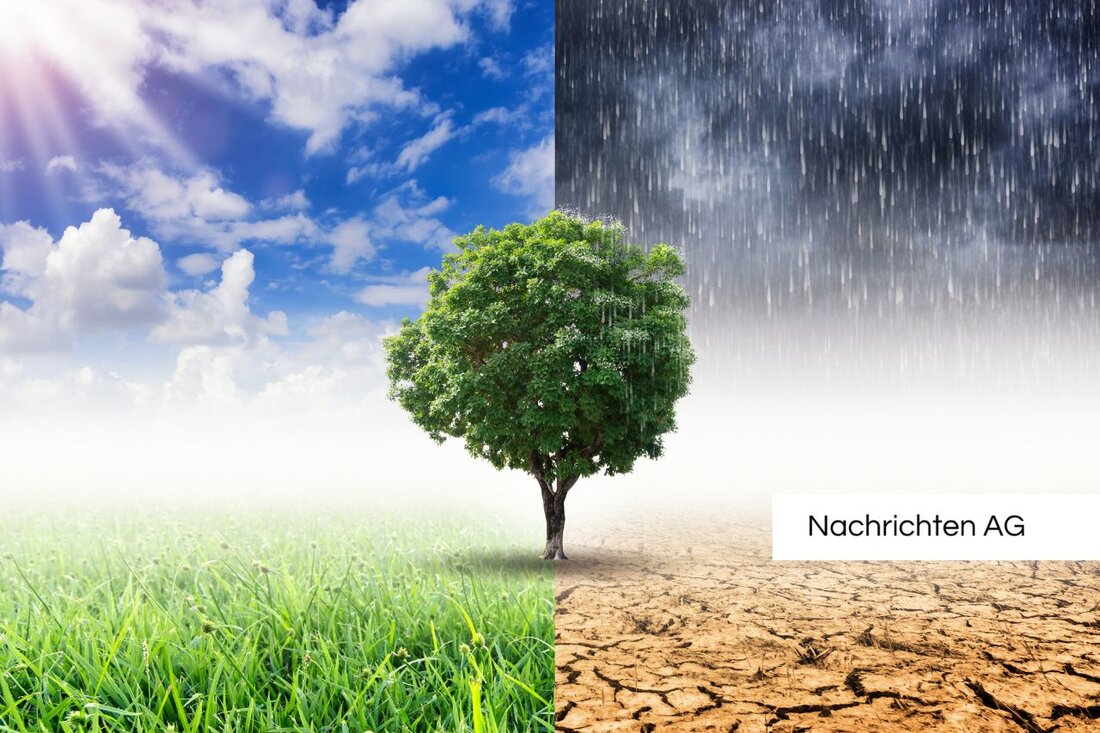Attention, Bavaria! Highest UV index threatens-this is how you protect yourself!
Attention, Bavaria! Highest UV index threatens-this is how you protect yourself!
On June 13, 2025, Bavaria expects very high temperatures of up to 35 degrees Celsius this Friday and Saturday. The German Weather Service (DWD) warns of an extraordinarily high UV index that will be between 8 and 9. These values indicate an increased risk of health due to UV radiation. Especially when staying outdoors, especially near water, a high risk of sunburns can be expected.
Florian Baur from the DWD strongly recommends protecting himself from the sun. This includes wearing a solar hydrocarbon, sunlike clothing and sunglasses as well as the use of sunscreen. It is advisable to search in the shade, especially during lunchtime, if the UV load is highest. This also includes not only applying sunscreen in the morning, rather attention should be taken into account in exposed areas such as nose, ears, lips and bridges. It is also important to drink enough to prevent heat loads.
Scientific foundations of the UV indic
The DWD develops its predictions for the UV index based on hourly data from the global weather forecast system ICON, which has a pixel spacing of 13 km. In addition, data from the European model Cosmo-EU are also used, which has a smaller pixel spacing of 7 km. Ozon forecasts come from the Royal Dutch Meteorological Institute (KNMI). The exact calculation of the UV indices requires a complex interaction of several data sources that are part of the Copernicus atmospheric observation service.
The latest predictions will be available for the coming days in order to provide precise information about the UV index, especially in times with a cloudless sky. It should be noted that the JavaScript must be activated in order to use interactive cards to display the UV load.
health risks and prevention
Exposure to UV radiation can have serious health consequences that go beyond sunburns. In the long term, these can result in skin cancer. Since 2015, squamous cell carcinoma, also known as white skin cancer, has been recognized as an occupational disease by natural UV radiation. By 2022, more than 38,617 cases of this occupational disease have already been registered. According to forecasts, in Europe there is an increase in cases of non-melanocytic skin cancer of around 8 percent per year.
The facts are alarming: the skin cancer rate has doubled since 2000. Prof. Manigé Fartasch warns of a further increase in skin cancer. The approximately seven million people who work outdoors in Germany and are therefore exposed to intensive UV radiation are particularly affected. Climate change also contributes to this problem because it leads to less cloudy, which also increases the UV load.
Additional challenges, also known as “miniocone holes”, represent additional challenges, which can lead to unforeseen high UV exposures. Already 20 percent of the daily working hours outdoors can be sufficient to experience a high UV load, and negative health consequences can occur even with less exposure. Therefore, appropriate measures must be taken to reduce these loads.
The research project Genesis-UV, which has been collecting data on the solar exposure of employees outdoors since 2014, emphasizes the need to recognize the dangers through UV radiation and to develop targeted protective measures.
| Details | |
|---|---|
| Ort | Bayern, Deutschland |
| Quellen | |


Kommentare (0)